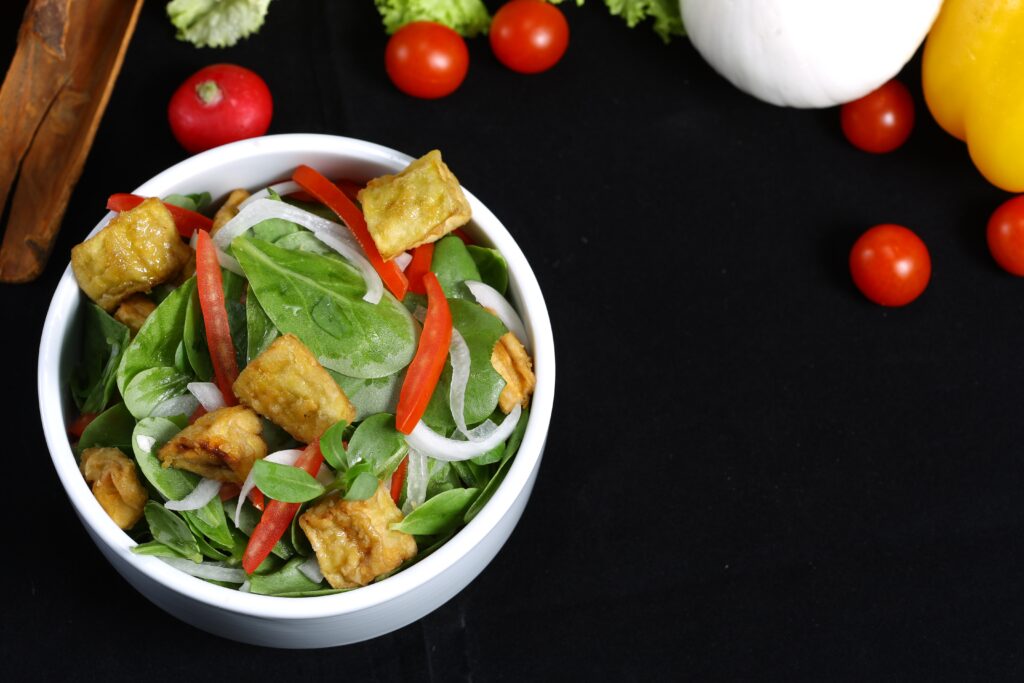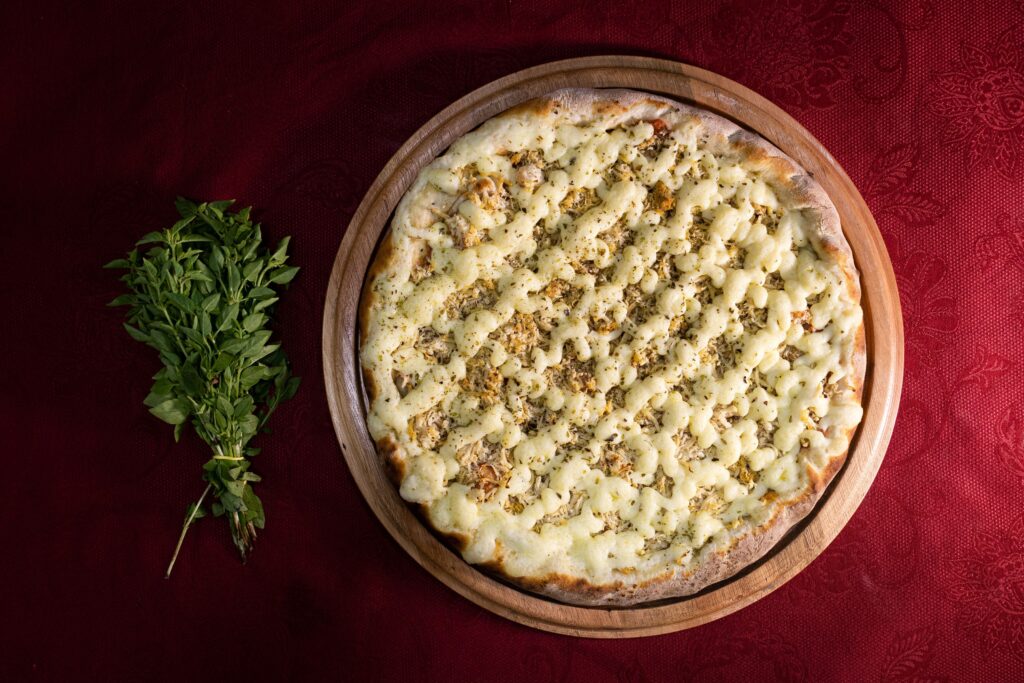Sambar rice is a popular South Indian dish made from rice, lentils, and vegetables, which has a lower glycemic index than white rice due to the presence of fibre and protein. However, consuming large quantities of sambar rice can still cause hyperglycemia in individuals with diabetes. Additionally, consuming sambar rice without carbohydrates, such as during a low-carb diet or with inadequate food intake, can lead to hypoglycemia.
Ways to optimise the benefits of sambar rice for glucose management
• You may add another rich source of protein to the meal, such as tofu, chicken, or fish. This can increase satiety and stabilise blood sugar levels.
• Try reducing the portion of rice in this meal. You may add more non-starchy vegetables like carrots and spinach for additional fibre.
• You may start the meal with fibre-rich vegetables, then a source of protein and some complex carbohydrates like brown rice. This can stabilise glucose metabolism.
Sambar rice contains dal. Dal is a good source of carbohydrates that can cause glucose levels to rise if consumed in large quantities. Although dal also contains protein, cooking can reduce the fibre content and leave just carbohydrates. Incorporating vegetarian protein sources into sambar rice can increase amino acids and stabilise blood sugar levels.







